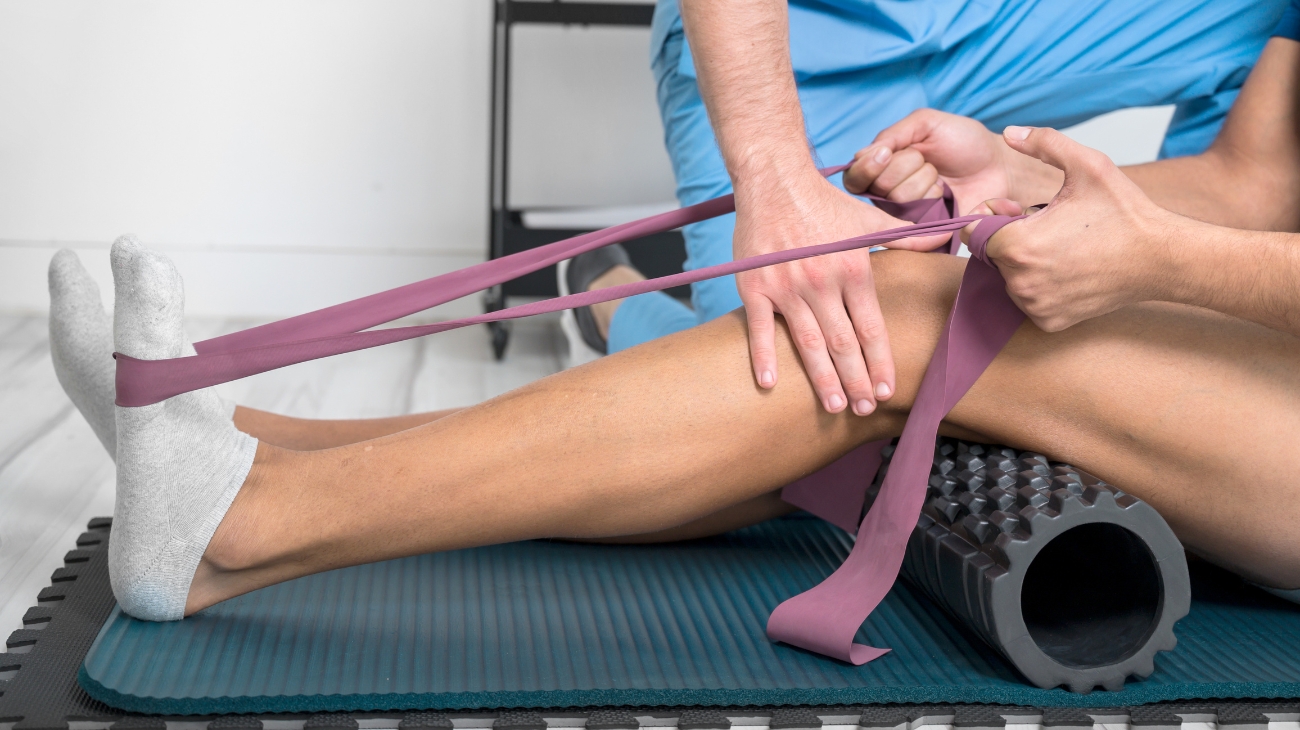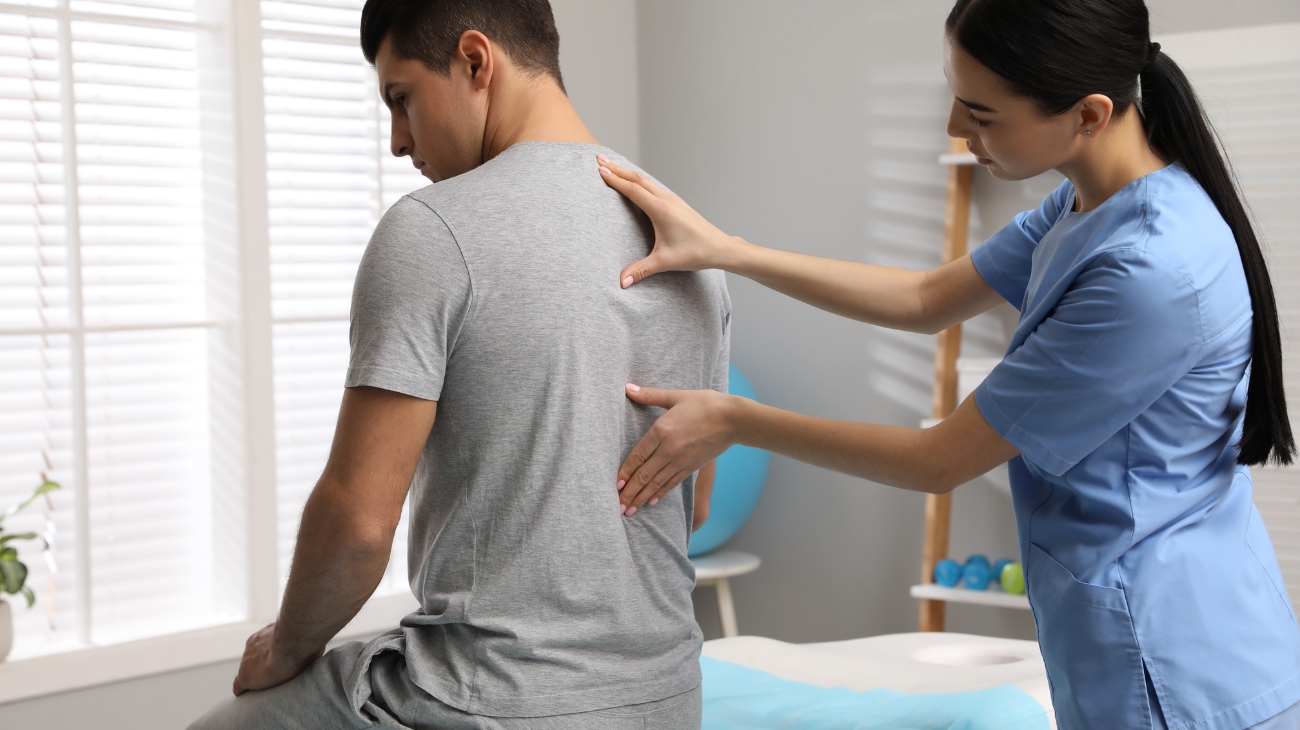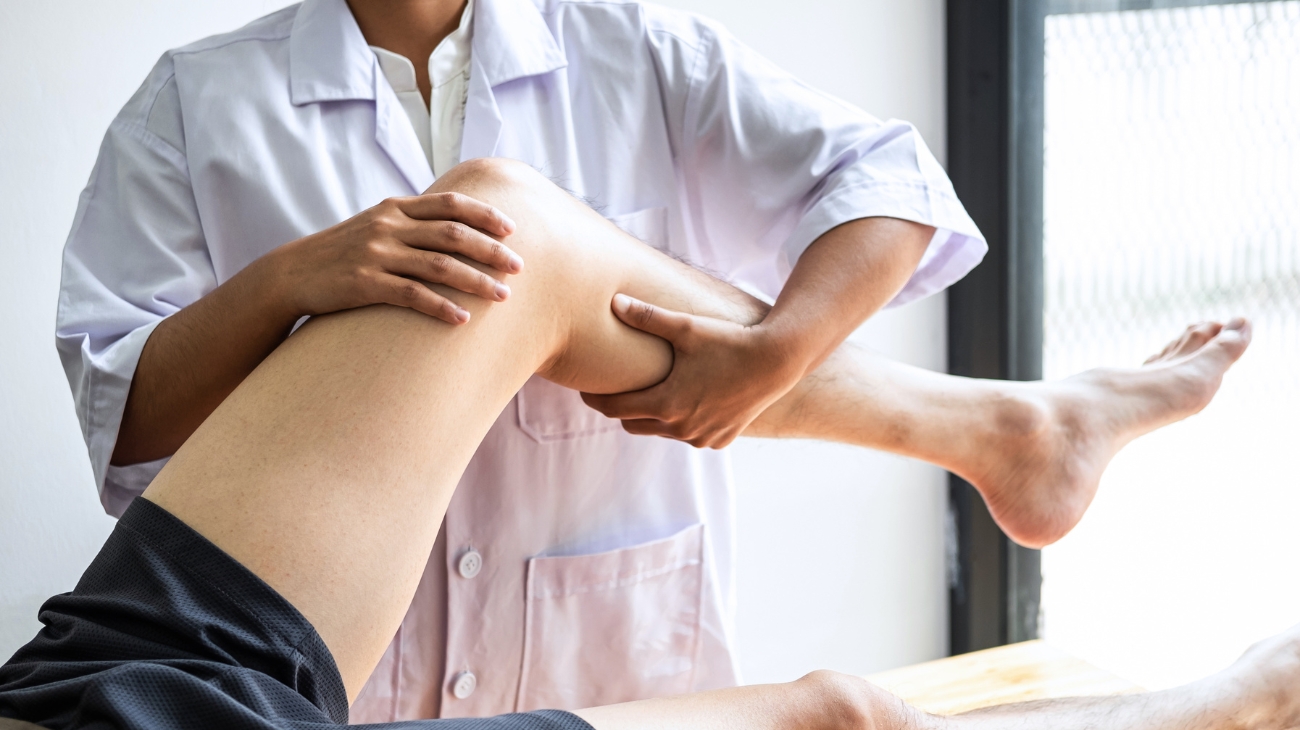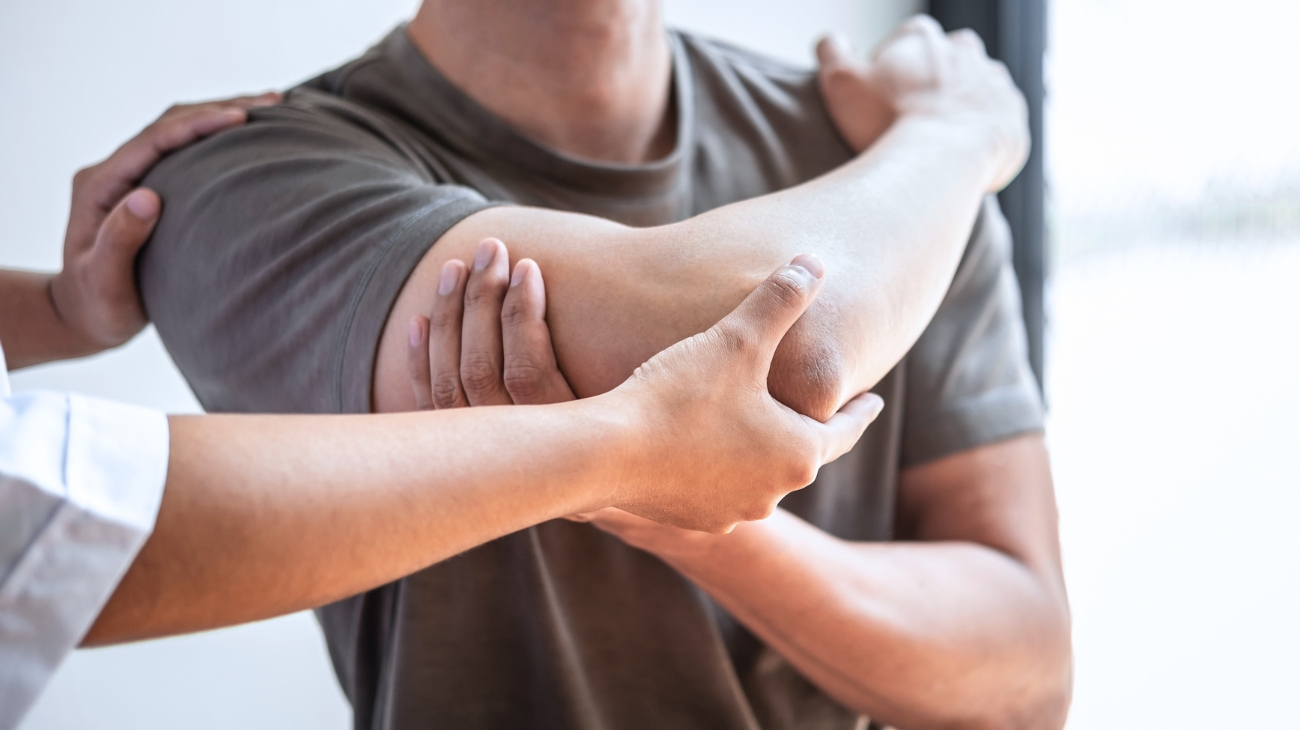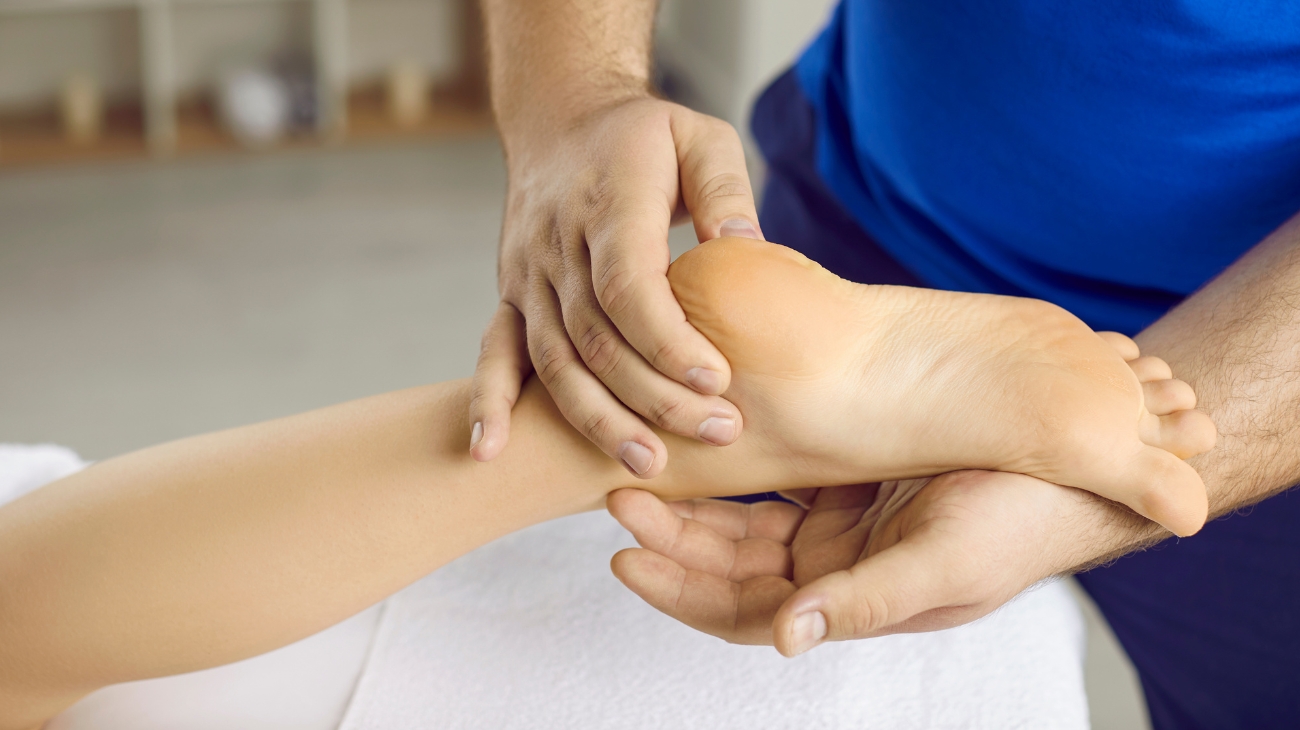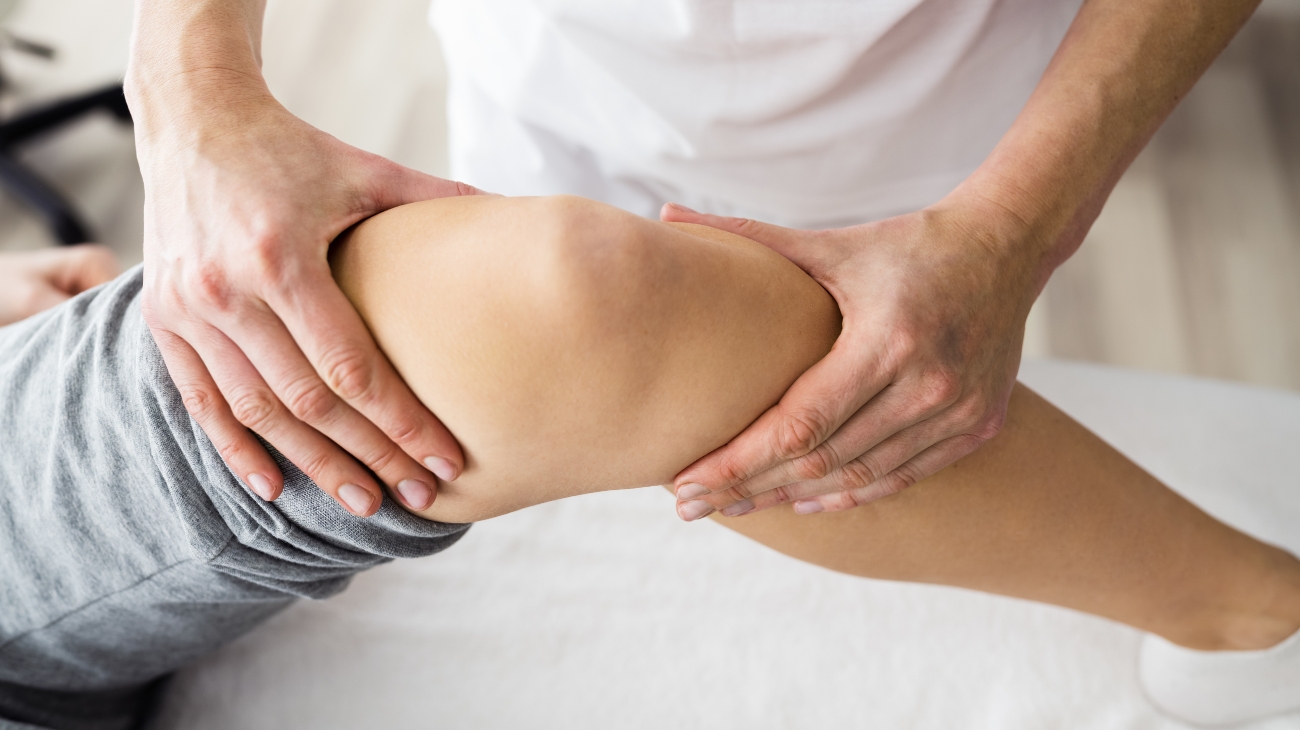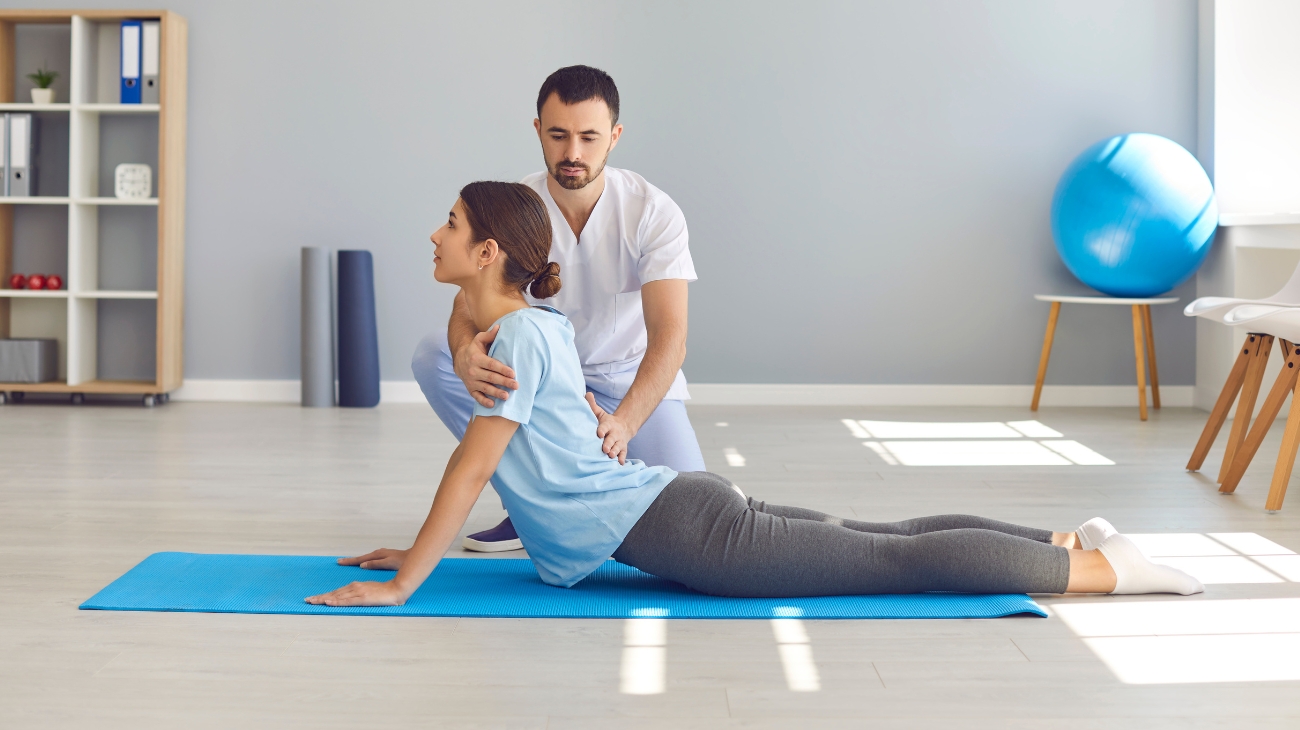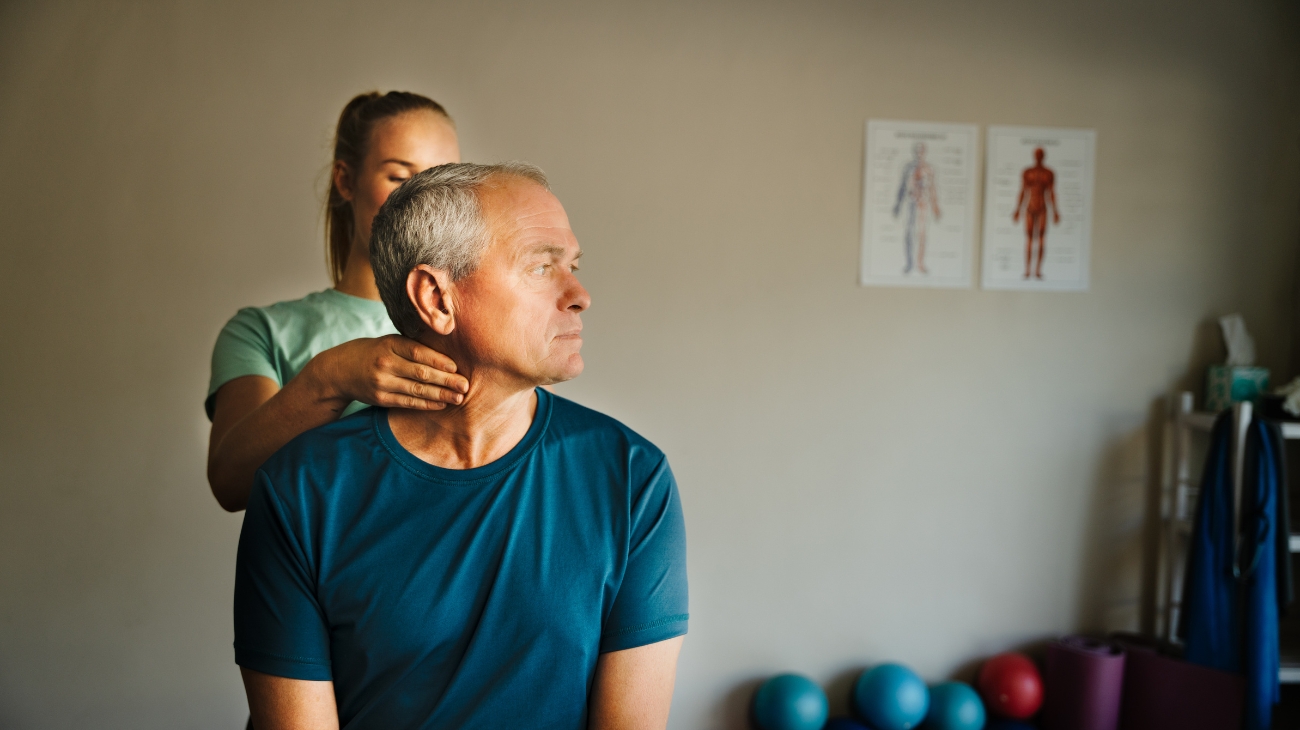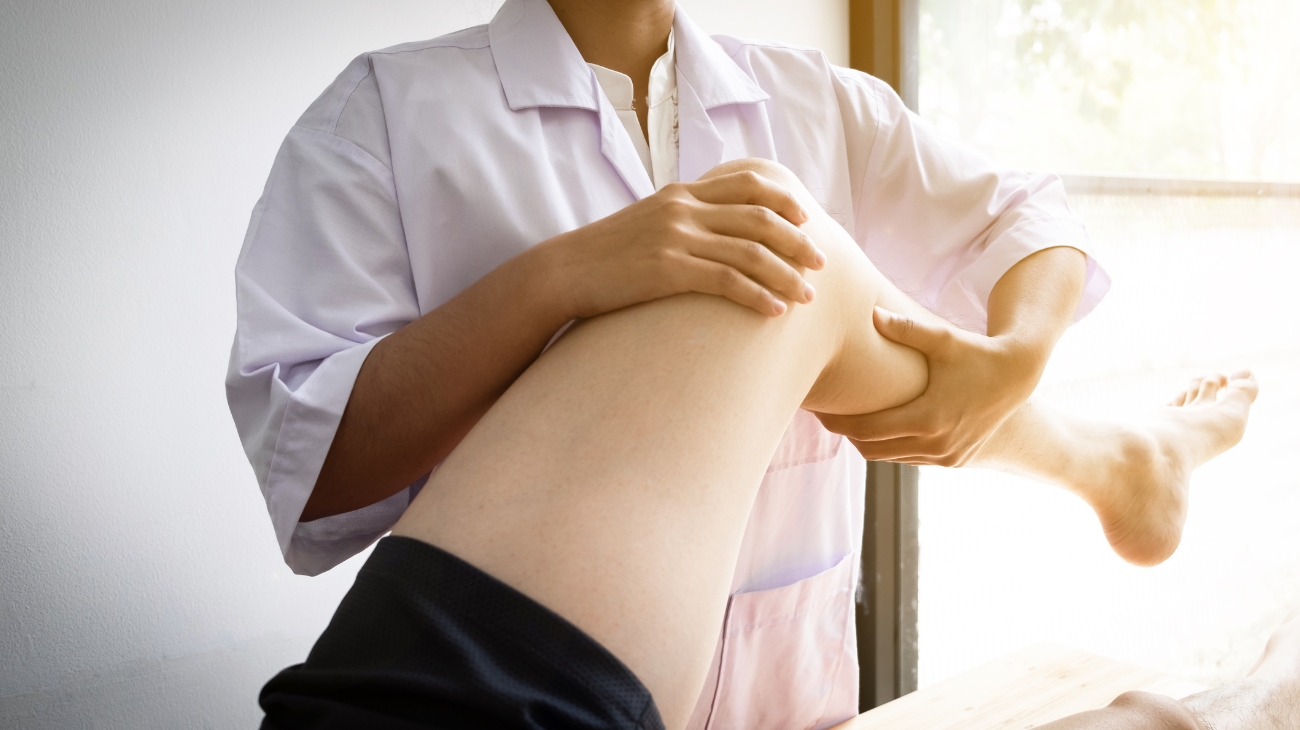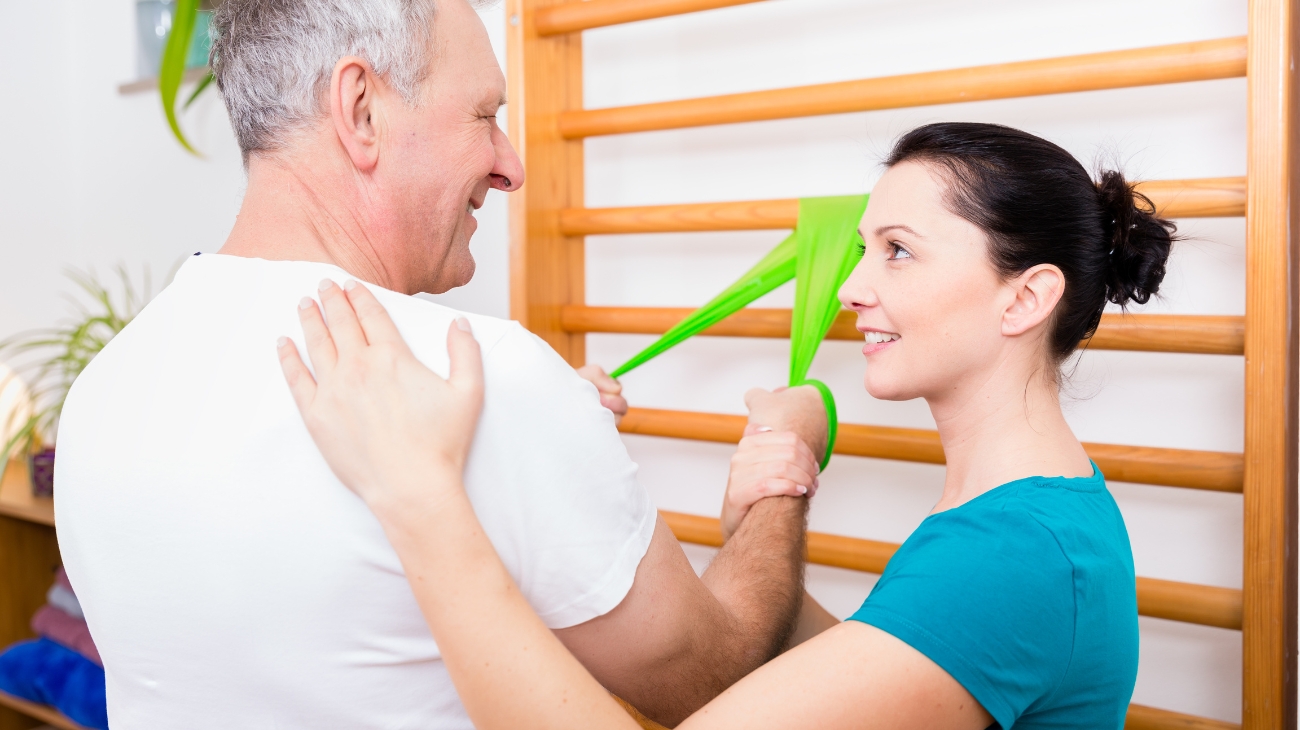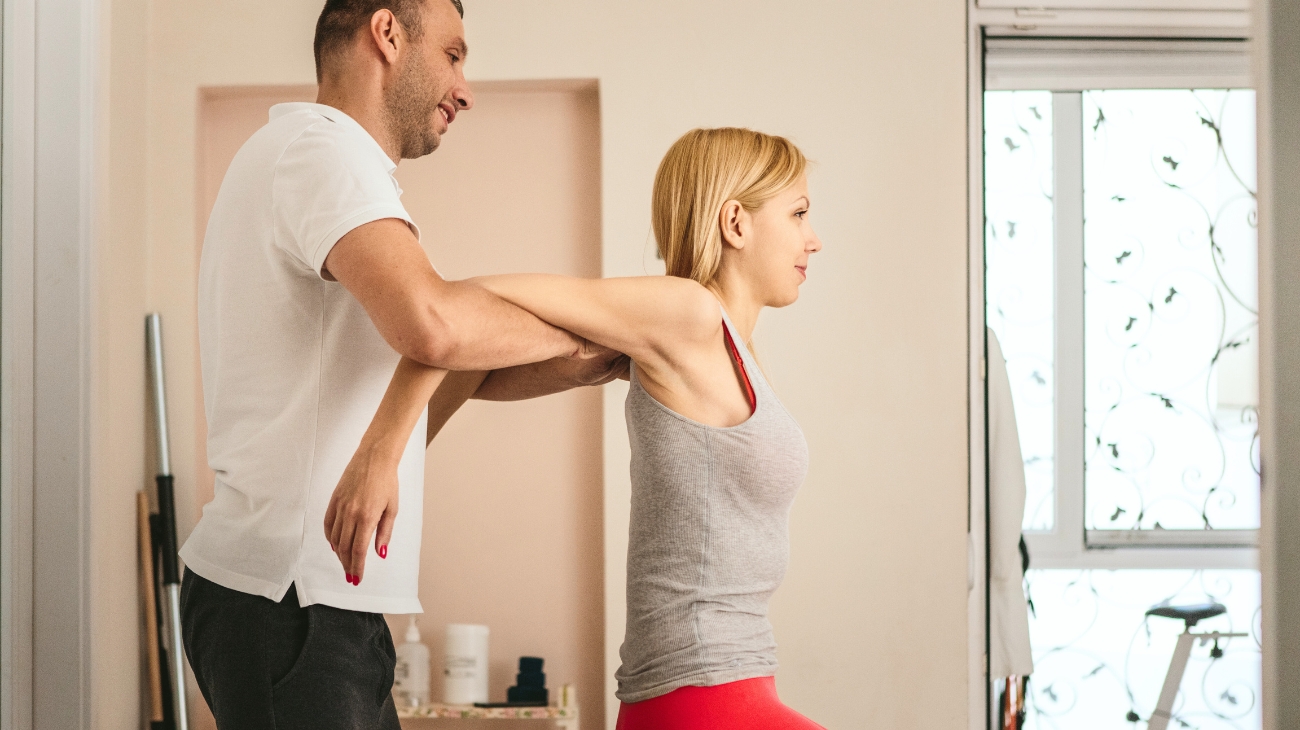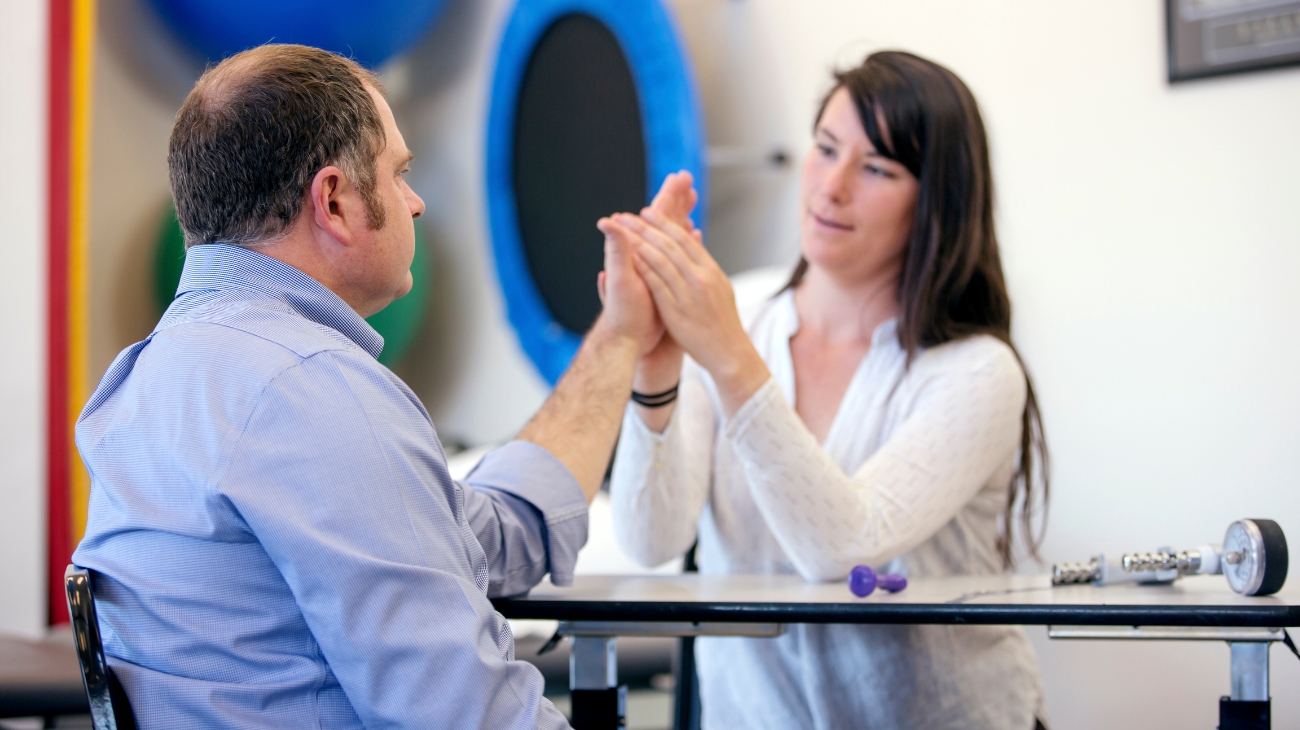The calf muscles are important for many activities such as walking, running, and jumping. Therefore, it is essential to know the best exercises for calf muscle rehabilitation and pain relief to maintain the proper functioning of the lower leg. Calf muscles are vulnerable to various injuries, and knowing the appropriate exercises can help in the recovery process.
The exercises can help to strengthen and stretch the muscles, improve blood flow, and increase flexibility, leading to a faster recovery time. Additionally, the calf muscles play an important role in maintaining proper balance and stability of the ankle and foot. Weak calf muscles can lead to issues with ankle and foot alignment, increasing the risk of further injury.
Best calf muscle rehab and mobility exercises
Therefore, it is important to perform rehabilitation and mobility exercises for calf muscles to improve stability, prevent future injuries, and improve overall lower leg function. Moreover, regular exercise can also help reduce pain and stiffness, improving the quality of life for those suffering from calf muscle injuries.
1 - Calf Raises (Step)
Calf Raises with a Step is an excellent exercise for strengthening the calf muscles and improving ankle stability:
- Stand with the balls of your feet on the edge of a step or sturdy platform, heels hanging off the edge.
- Hold onto a support for balance if needed, and maintain a straight posture throughout.
- Slowly raise your heels by pushing down through your toes, lifting your body as high as possible. This is the concentric phase.
- Lower your heels below the step's level to stretch your calves. This is the eccentric phase.
- Repeat the movement for 2-3 sets of 12-15 reps.
Muscles involved:
- Gastrocnemius: The larger, more superficial calf muscle.
- Soleus: A deeper calf muscle.
- Tibialis posterior: Assists in maintaining ankle stability.
2 - Seated Calf Raises
Seated Calf Raises are a targeted exercise to strengthen the calf muscles, specifically the soleus:
- Sit on a bench or chair with your feet flat on the floor and your knees at a 90-degree angle.
- Place a weight, such as a barbell or dumbbells, on your thighs just above your knees.
- Rest the balls of your feet on a calf block or step, allowing your heels to hang off the edge.
- Keep your back straight and core engaged.
- Slowly raise your heels as high as possible by pushing through the balls of your feet.
- Lower your heels below the step to stretch your calf muscles.
- Perform 2-3 sets of 12-15 repetitions.
Muscles involved:
- Soleus: The primary muscle targeted in seated calf raises, located deep in the calf.
- Gastrocnemius: While the focus is on the soleus, the gastrocnemius is also involved, especially as the knees flex slightly.
3 - Wall Calf Stretch
The Wall Calf Stretch is an effective way to stretch the calf muscles, primarily the gastrocnemius and soleus:
- Stand facing a wall, about an arm's length away, with your hands against the wall at shoulder height.
- Take a step back with one foot while keeping the other foot forward.
- Both feet should be flat on the ground, with toes pointing forward.
- Bend your front knee while keeping your back leg straight. This will create a stretch in the calf of the back leg.
- Push your hips forward slightly to deepen the stretch.
- Hold the stretch for 20-30 seconds, feeling the tension in your calf muscle.
Muscles involved:
- Gastrocnemius: The larger, more superficial calf muscle.
- Soleus: The deeper calf muscle that is stretched when the knee is bent in the stretch.
4 - Soleus Stretch
The Soleus Stretch using a chair is a beneficial exercise for stretching the soleus muscle in the calf:
- Stand in front of a sturdy chair or a similar support structure, facing away from it.
- Place your hands on the chair's backrest for balance.
- Take a step back with one leg, keeping the heel of that foot flat on the ground.
- Bend both knees, lowering your body downward.
- You should feel a stretch in the calf of the leg with the heel flat on the floor.
- Hold the stretch for 20-30 seconds, then switch to the other leg.
Muscles involved:
- Soleus: This deep calf muscle is primarily targeted by this stretch, as it helps to maintain proper ankle mobility and flexibility.
5 - Towel Calf Stretch
The Towel Calf Stretch on the floor is an effective exercise to stretch the calf muscles:
- Sit on the floor with your legs extended.
- Loop a towel or resistance band around the ball of one foot.
- Hold the ends of the towel in each hand.
- Gently pull the towel towards you, flexing your ankle and drawing your toes closer to your shin.
- Maintain a straight back and keep your other leg extended.
- You should feel a stretch along the calf of the stretched leg.
- Hold the stretch for 20-30 seconds, then switch to the other leg.
Muscles involved:
- Gastrocnemius: The larger calf muscle that provides power for pushing off during walking and running.
- Soleus: A deeper calf muscle that assists in ankle flexion and stability.
- Plantaris: A smaller calf muscle that contributes to plantar flexion and knee flexion.
6 - Calf Raises (Bands)
Calf Raises with resistance bands on the floor are a great exercise for strengthening the calf muscles and improving ankle stability:
- Place a resistance band around the balls of both feet and hold the ends of the band in your hands.
- Stand with your feet hip-width apart and your toes pointing forward.
- Keep your back straight and engage your core for stability.
- Slowly raise your heels by pushing through the balls of your feet, lifting your body as high as you can onto your toes.
- Hold the raised position for a moment to emphasize the contraction in your calf muscles.
- Lower your heels back down, maintaining control over the resistance of the bands.
Muscles involved:
- Gastrocnemius: The larger calf muscle responsible for powerful ankle plantar flexion.
- Soleus: Located deeper in the calf and assists in ankle plantar flexion.
- Plantaris: A smaller muscle contributing to calf strength and ankle mobility.
- Tibialis posterior: This muscle on the front of the lower leg helps control ankle movement and stability.
7 - Anterior Tibialis Stretch Kneeling (Bands)
The Anterior Tibialis Stretch Kneeling with resistance bands is a beneficial exercise to stretch and strengthen the muscles on the front of your lower leg:
- Attach one end of a resistance band to a sturdy anchor and the other end to the front of your ankle.
- Kneel down with your toes pointing back and your upper body upright.
- Gently flex your ankle by bringing your toes toward your shin. You should feel a stretch in the front of your lower leg.
- Hold this stretched position for a few seconds, maintaining gentle tension on the resistance band.
- Slowly return your foot to the starting position.
Muscles involved:
- Anterior Tibialis: This muscle at the front of the lower leg is responsible for ankle dorsiflexion, which helps lift your toes and foot upward.
- Extensor Hallucis Longus: A muscle that extends the big toe.
- Extensor Digitorum Longus: It extends the smaller toes.
- Peroneus Tertius: Assists in ankle dorsiflexion and foot eversion.
8 - Anterior Tibialis Stretch (Foam Roll)
The Anterior Tibialis Stretch with a Foam Roller is a valuable exercise to relieve tension and discomfort in the muscles of your lower leg:
- Sit on the floor with your legs extended straight.
- Place a foam roller under your calves, just above the Achilles tendon, and support your upper body with your hands on the floor behind you.
- Gently roll the foam roller up and down along your shin area.
- Focus on areas that feel particularly tight or tender, applying slight pressure to release any muscle knots.
- Perform this for 1-2 minutes.
Muscles involved:
- Anterior Tibialis: This muscle at the front of the lower leg is responsible for ankle dorsiflexion, helping to lift your toes and foot upward.
9 - Calf Raises Single Leg on Step
Calf Raises on a Single Leg on a Step is an effective exercise for strengthening the calf muscles, improving balance, and preventing injuries:
- Stand on the edge of a step or a sturdy platform with your heels hanging off and your feet hip-width apart.
- Shift your weight onto one leg, keeping the other foot slightly off the step.
- Slowly raise your heel as high as you can, lifting your body with the calf muscle.
- Lower your heel below the step's level to get a full stretch in your calf.
- Perform 3 sets of 10-15 repetitions on each leg.
Muscles involved:
- Gastrocnemius: The larger, more superficial calf muscle.
- Soleus: The deeper calf muscle that helps with ankle stability and flexion.
- Plantaris: A smaller calf muscle often involved in this exercise.
- Tibialis Posterior: This muscle supports ankle stability during the exercise.
10 - Sky Reach Stretch
The Sky Reach Stretch is a dynamic stretch that improves flexibility and mobility in the shoulder and upper back region:
- Stand with your feet hip-width apart.
- Extend your arms straight out in front of you at shoulder level, keeping them parallel to the ground.
- Slowly reach your arms overhead, keeping them straight and parallel.
- Continue reaching until your arms are extended as far as possible, creating a slight arch in your upper back.
- Return your arms to the starting position in front of you.
- Repeat this motion for 2-3 sets of 10-15 repetitions.
Muscles involved:
- Deltoids: Both anterior and lateral deltoid muscles are activated as you raise your arms overhead.
- Trapezius: The upper trapezius is engaged when you arch your upper back.
- Serratus Anterior: This muscle helps stabilize the shoulder blades during the movement.
- Rhomboids: The rhomboid muscles in the upper back are involved in the retraction of the scapula when you return to the starting position.
Best products for calf pain relief
Bestseller
-
2 Calf Compression Sleeve (Green/Navy)
$24.95 -
2 Calf Compression Sleeve (Pink/Bordeaux)
$24.95 -
Heating Pad for Microwave Classic Bottle Shaped (Hearts)
$24.95 -
Heating Pad for Microwave Classic Bottle Shaped (Oxford)
$24.95 -
Heating Pad for Microwave Classic Bottle Shaped (Sport)
$24.95 -
Microwave Heating Pad for Back Pain Relief (Extra Large) (Hearts)
$29.95 -
Microwave Heating Pad for Back Pain Relief (Extra Large) (Oxford)
$29.95 -
Microwave Heating Pad for Back Pain Relief (Extra Large) (Sport)
$29.95 -
Microwaveable Heating Pad for Pain Relief (Hearts)
$24.95 -
Microwaveable Heating Pad for Pain Relief (Oxford)
$24.95 -
Microwaveable Heating Pad for Pain Relief (Sport)
$24.95
-
2 Calf Compression Sleeve (Black/Gray)
$24.95 -
Foot Massage Roller for Plantar Fasciitis (Black)
$24.95 -
Foot Massage Roller for Plantar Fasciitis (Green)
$24.95 -
Foot Massage Roller for Plantar Fasciitis (Pink)
$24.95 -
Ice Massage Roller Ball (Black)
$39.95 -
Ice Massage Roller Ball (Green)
$39.95 -
Ice Massage Roller Ball (Pink)
$39.95 -
Soft Density Foam Roller for Recovery (Black)
$39.95 -
Soft Density Foam Roller for Recovery (Green)
$39.95 -
Soft Density Foam Roller for Recovery (Pink)
$39.95 -
Sport Compression Socks (1 Pair) (Black/Gray)
$24.95 -
Sport Compression Socks (1 Pair) (Green/Navy)
$24.95 -
Sport Compression Socks (1 Pair) (Pink/Bordeaux)
$24.95
Most common calf injuries
The most common muscle calf injuries include:
- Strains: These injuries occur when the muscle fibers tear or stretch beyond their limits, causing pain, swelling, and weakness in the calf.
- Contusions: A contusion, or bruise, can occur when the calf muscle is struck by a hard object, causing damage to the muscle fibers and blood vessels.
- Achilles tendonitis: The Achilles tendon connects the calf muscle to the heel bone, and inflammation of this tendon can cause pain, stiffness, and weakness in the calf.
- Shin splints: Although not strictly a calf injury, shin splints can also affect the muscles in the calf. This condition is caused by repetitive stress on the shin bone and surrounding tissues, leading to pain and inflammation in the lower leg.
- Calf cramps: These sudden, involuntary contractions of the calf muscle can be caused by dehydration, muscle fatigue, or nerve damage.
Benefits of rehab exercises for calf injuries
Performing rehabilitation and mobility exercises can be very beneficial for calf injuries. Here are some benefits:
- Improve flexibility and range of motion: Calf exercises can help improve flexibility and increase the range of motion in the calf muscles, making it easier to move and reducing the risk of further injury.
- Strengthen the muscles: Exercises that target the calf muscles can help strengthen the muscles, reducing the risk of future injuries and improving overall function.
- Reduce pain and swelling: Certain exercises can help reduce pain and swelling associated with calf injuries, promoting faster healing and recovery.
- Prevent scar tissue formation: Rehab exercises can help prevent the formation of scar tissue in the calf muscles, which can restrict movement and cause chronic pain.
- Improve circulation: Exercises that promote blood flow to the calf muscles can help improve circulation, reducing the risk of blood clots and other complications.
Overall, rehabilitation and mobility exercises are an important part of treating calf injuries and can help promote healing, reduce pain, and improve overall function.
F.A.Q: Frequently asked questions
References
- Murphy, M. C., Travers, M. J., Chivers, P., Debenham, J. R., Docking, S. I., Rio, E. K., & Gibson, W. (2019). Efficacy of heavy eccentric calf training for treating mid-portion Achilles tendinopathy: a systematic review and meta-analysis. British journal of sports medicine, 53(17), 1070-1077. https://bjsm.bmj.com/content/53/17/1070.abstract
- Maffulli, N., Walley, G., Sayana, M. K., Longo, U. G., & Denaro, V. (2008). Eccentric calf muscle training in athletic patients with Achilles tendinopathy. Disability and rehabilitation, 30(20-22), 1677-1684. https://www.tandfonline.com/doi/abs/10.1080/09638280701786427
- Bright, J. M., Fields, K. B., & Draper, R. (2017). Ultrasound diagnosis of calf injuries. Sports health, 9(4), 352-355. https://journals.sagepub.com/doi/abs/10.1177/1941738117696019
- Grigg, N. L., Wearing, S. C., & Smeathers, J. E. (2009). Eccentric calf muscle exercise produces a greater acute reduction in Achilles tendon thickness than concentric exercise. British Journal of Sports Medicine, 43(4), 280-283. https://bjsm.bmj.com/content/43/4/280.short
- Sayana, M. K., & Maffulli, N. (2007). Eccentric calf muscle training in non-athletic patients with Achilles tendinopathy. Journal of Science and Medicine in Sport, 10(1), 52-58. https://www.sciencedirect.com/science/article/abs/pii/S1440244006000910
- Alfredson, H., Pietilä, T., Öhberg, L., & Lorentzon, R. (1998). Achilles tendinosis and calf muscle strength. The American journal of sports medicine, 26(2), 166-171. https://journals.sagepub.com/doi/abs/10.1177/03635465980260020301
- Campbell, J. T. (2009). Posterior calf injury. Foot and ankle clinics, 14(4), 761-771. https://www.foot.theclinics.com/article/S1083-7515(09)00077-1/fulltext
- Fahlström, M., Jonsson, P., Lorentzon, R., & Alfredson, H. (2003). Chronic Achilles tendon pain treated with eccentric calf-muscle training. Knee surgery, sports traumatology, arthroscopy, 11, 327-333. https://link.springer.com/article/10.1007/s00167-003-0418-z
- Orchard, J. W. (2001). Intrinsic and extrinsic risk factors for muscle strains in Australian football. The American journal of sports medicine, 29(3), 300-303. https://journals.sagepub.com/doi/abs/10.1177/03635465010290030801
- Altman, A. R., & Davis, I. S. (2016). Prospective comparison of running injuries between shod and barefoot runners. British journal of sports medicine, 50(8), 476-480. https://bjsm.bmj.com/content/50/8/476.short

























































